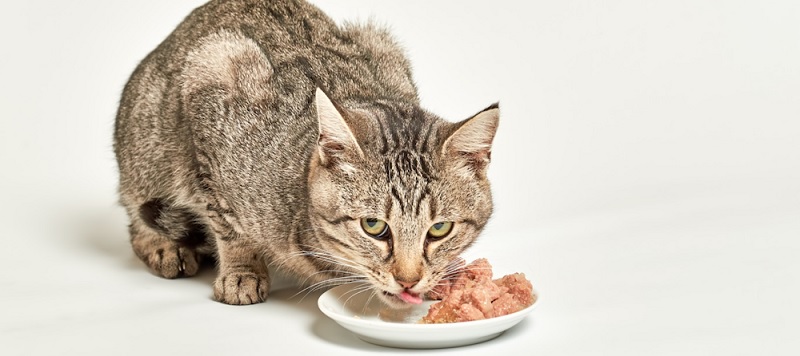Signs Your Cat Is Not Getting Enough Wet Food
Cats are creatures of habit, and as their caregivers, it’s our job to ensure they’re getting the right nutrition. Wet food plays a crucial role in keeping your feline friend healthy and hydrated. However, if your
In this article, we’ll dive into the importance of wet food, the signs that your
Importance of Wet Food in a Cat ’s Diet

Wet food isn’t just a tasty treat for your
Hydration Benefits
Unlike humans, cats naturally have a low thirst drive. They are descendants of desert animals, meaning their bodies have adapted to get most of their water intake through their food. Wet food contains a high moisture content, typically around 75%, which helps keep your
Nutritional Value of Wet Food
Wet food is also packed with nutrients, including high-quality protein, essential vitamins, and minerals that cats need to thrive. The higher moisture content also helps maintain a healthy urinary tract and can reduce the risk of urinary crystals or kidney disease, especially in older cats.
Common Signs Your Cat Isn’t Eating Enough Wet Food

Now that we understand the importance of wet food, how do we know if our cats aren’t getting enough? Several physical and behavioral signs can indicate that your
Dehydration Symptoms in Cats
One of the most common signs your
Dry, Flaky Skin
A lack of moisture in the diet can cause your
Increased Thirst
If you see your
Weight Loss and Muscle Wasting
A balanced diet, including wet food, provides essential nutrients and calories that cats need to maintain their body weight and muscle mass.
Sudden Loss of Appetite
If your
Lack of Muscle Tone
Cats that aren’t getting enough wet food may also experience muscle wasting. Protein-rich wet food helps maintain muscle mass, and without it, your
Digestive Issues
Your
Constipation
Wet food contains a lot of moisture, which aids digestion and keeps things moving smoothly. If your
Hard, Dry Stools
If you notice that your
Behavioral Changes Indicating a Lack of Wet Food
In addition to physical symptoms, your
Increased Irritability
When cats are not getting enough wet food, they may become more irritable or agitated, especially around mealtime.
Agitation During Mealtime
Does your
Begging for Food Constantly
Cats that are not getting enough wet food might also beg more often, even after they’ve just eaten. This could be because dry food doesn’t fill them up in the same way as wet food, leaving them feeling unsatisfied.
Lethargy and Lack of Energy
A lack of proper nutrition, including sufficient wet food, can make your
Health Risks of Not Getting Enough Wet Food
Beyond immediate physical and behavioral signs, there are long-term health risks associated with insufficient wet food intake.
Urinary Tract Problems
Cats that don’t get enough wet food are at higher risk for urinary tract issues, which can lead to painful infections or blockages.
Frequent Urinary Tract Infections (UTIs)
If your
Kidney Issues
Chronic dehydration from a lack of wet food can also strain your
How to Ensure Your Cat Gets Enough Wet Food
If you suspect your
Incorporate Wet Food Gradually
If your
Not all wet food is created equal. Some cats prefer certain flavors or textures over others. Experiment with different brands and types to find one that your
Establish a Consistent Feeding Schedule
Make sure your
Frequently Asked Questions
Can my cat survive on dry food alone?
While cats can survive on dry food, it’s not ideal. Wet food provides essential hydration and nutrients that dry food lacks.
How much wet food should I give my cat daily?
The amount of wet food depends on your
Conclusion
Ensuring that your
By paying attention to physical signs, behavioral changes, and potential health risks, you can adjust your






